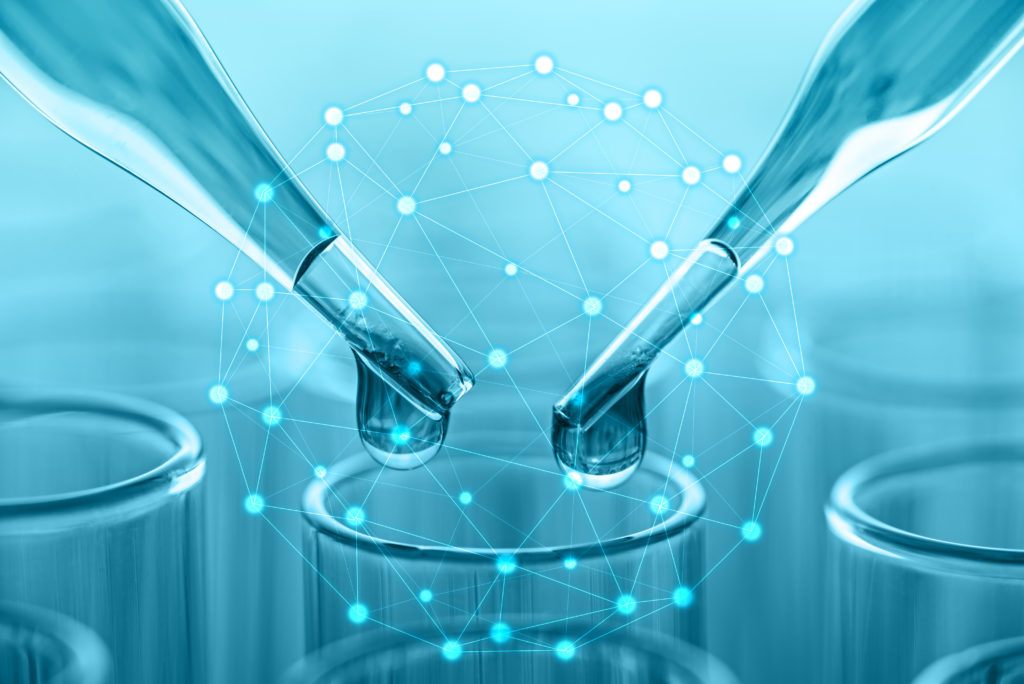
In a period of less than 10 years, both psilocybin and “magic mushrooms” have emerged as topics of mainstream importance. Recent studies have shown that psilocybin has tremendous potential for treating a wide variety of previously intractable health conditions.1 Since the early 2000s, scientists have initiated over 100 clinical trials studying the safety and therapeutic efficacy of pure, synthetic psilocybin or its active metabolite, psilocin (see ClinicalTrials.gov).
Alongside the race to develop psilocybin as a single-API (active pharmaceutical ingredient), other companies have focused on psilocybin-containing magic mushrooms. And, since mid-2019, several US cities have decriminalized magic mushrooms or entheogenic plants and fungi in general (see Wikipedia entry). Oregon has even designed and implemented a Psilocybin Services program (aka Ballot Measure 109) that allows for the manufacturing, delivery, and administration of psilocybin. At the same time, scientists have shown that magic mushrooms have many other pharmacologically important compounds including norpsilocin,2 beta-carbolines,3 and terpenes.4
The extent to which these compounds modulate the pharmacology of psilocybin (or each other) via a so-called entourage effect is still up for debate. Some animal behavioral models5 and toxicology studies6 indicate that the cocktail of ingredients in magic mushrooms has benefits beyond psilocybin. But the extent to which those effects translate into humans is still an open question. While academic scientists continue seeking answers, commercial entities are already placing their bets. Several such companies are highlighted below.
Top Companies in Magic Mushroom Cultivation
Filament Health
Filament develops botanical drug formulations that have standardized amounts of psilocybin in combination with other molecules found in magic mushrooms. Filament advocates for naturally derived “full spectrum” formulations instead of pure psilocybin. In an interview published on October 4, 2023,7 Filament’s CEO Ben Lightburn explained:
“Our drug candidates contain a specific quantity of pure natural psilocybin, but they also contain additional sub metabolites extracted from the magic mushroom which we believe may offer a potential ‘entourage effect.’”
“We believe this is a significant potential advantage over synthetically derived drugs which contain only psilocybin.”
On January 31, 2024, Filament announced that the U.S. Food and Drug Administration (FDA) had accepted its Investigational New Drug (IND) application for PEX010, Filament’s botanical psilocybin drug candidate, for the treatment of Substance use Disorders (SUD).
ANJA Biosciences
ANJA is a biotechnology firm that uses hemp and mushrooms to formulate new, botanical drugs for clinical trials. According to their webpage, ANJA is developing “a fully characterized and FDA-approved” full spectrum Psilocybe cubensis formulation (“AJA002”) as a novel antidepressant. “AJNA’s microdosing formulation is an extraction from a single strain of Psilocybe cubensis mushrooms, the most well-known psychedelic variety. The drug is considered “full spectrum” because it does not isolate the psilocybin and instead includes other compounds known as tryptamines, which occur naturally in the mushrooms.”
According to the Denver Post, ANJA received a research and development license from the DEA (US Drug Enforcement Administration) to legally grow psychedelic mushrooms and has since started developing their microdose formulation.8
Optimi Health Corporation
Optimi Health Corporation is “an end-to-end drug researcher and formulator licensed by Health Canada” focused on “producing scalable psychedelic formulations.” At its Princeton, British Columbia locations, totaling 20,000 square feet, Optimi is focused on the cultivation, extraction, processing, and distribution of high-quality functional and psychedelic mushrooms.
In 2022, Optimi acquired a wide-ranging collection of psilocybin and functional mushroom strains for cultivation. Included in this acquisition were 24 psychedelic and nine functional strains, making the company’s genetic bank among the largest in the industry. Formulated psychedelic strains will be offered to licensed researchers through the Special Access Program (SAP) in Canada, in addition to being used for internal research in Optimi’s recently expanded analytical lab. The functional strains are being tailored to enhance Optimi Life, the company’s natural supplement brand for overall wellness.
In early 2024, Optimi issued its 2023 annual report including these milestones:
- “Validation of our psilocybin extract and stability testing.”
- “Completed proprietary natural psilocybin extraction process and filed US Provisional Patent.”
Mycomedica Life Sciences
Mycomedica Life Sciences is developing a product called the “Stamets Stack,” which consists of a blend of niacin, psilocybin and lion’s mane mushrooms. The Stamets Stack is named after Mycomedica’s founder and celebrity mycologist Paul Stamets and consists of naturally occurring fungal biomass. Stamets literally wrote the book on psilocybin mushrooms in 1996.9 He founded Fungi Perfecti in 1980, “dedicated to promoting the cultivation of high quality gourmet and medicinal mushrooms.” Throughout his career, Stamets has rigorously distinguished natural fungal products from single pure molecules–consistently advocating that “mushroom products not incorporating mycelium are at a decided disadvantage.” According to Drug Discovery and Development, Mycomedica is focused on securing FDA approval for an investigational New Drug Application (NDA) for previously-mentioned Stamets Stack.
Future of Psilocybin Therapy = Understanding the Entourage Effect
Do magic mushrooms (or “full spectrum” botanicals) provide advantages over pure synthetic psilocybin? This question could determine the future of psilocybin therapy. On the one hand, a pure psilocybin product (e.g., COMPASS Pathways’s COMP360) eliminates the variability inherent to magic mushrooms by providing a known amount of a known compound. On the other hand, preserving the “minor” alkaloids in magic mushrooms could result in better therapeutic outcomes or reduced adverse events. Additionally, developing botanical drugs may offer advantages over traditional pharmaceutical drug development by way of less burdensome regulatory pathways.
Determining the importance of “minor” tryptamines and/or the entourage effect could be influential in determining the future of psilocybin therapy and psilocybin products. How does the pharmacology of full spectrum extracts differ from that of pure psilocybin, and do those differences matter within the clinical context?
We would love to hear from you about this topic. Please leave your comments below.